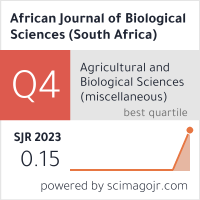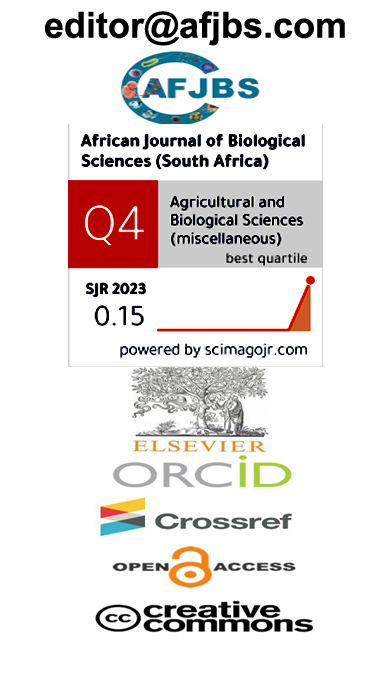
-
Prevalence of class 2 malocclusion and edentulism in a known population and its treatment using various appliances and Implant prosthesis and Fixed prosthesis
Volume 6 | Issue -15
-
Prevalence of class III malocclusion and irreversible pulpitis in a known population and its treatment
Volume 6 | Issue -15
-
The Effect of Obesity on Fasting/Post-Prandial Glucagon-Like Peptide-1 Levels in People with Type-2 Diabetes
Volume 6 | Issue -15
-
Epidemiological profile of cancer patients in the region of Laayoune Sakia El Hamraa, Morocco
Volume 6 | Issue -15
-
Chemical composition and biological activities Assessment of crude extract of roots of Paeonia algeriensis Chabert.
Volume 6 | Issue -15
(E)-2-[(2,4-dihydroxybenzylidene)amino]benzamide: Synthesis, Antibacterial, Antifungal, Antioxidant and Binding interactions with the 2019-nCoV RBD/ACE2-B0AT1 complex
Main Article Content
Abstract
By simply reacting 2,4-Dihydroxybenzaldehyde (2,4-DHB) with 2-Aminobenzamide (2-AB), a novel Schiff base (E)-2-[(2,4-Dihydroxybenzylidene)amino]benzamide (2,4-DHBAB) has been produced. By employing FT-IR, 1H-NMR and 13C-NMR spectrum investigations, the synthesized Schiff base 2,4-DHBAB was described and its synthesis was validated. By using the well diffusion method and the DPPH method, the antibacterial (Gram positive strains of Staphylococcus aureus, Enterococcus sp., and Gram-negative strains of Escherichia coli, Klebsiella pneumonia), antifungal, and antioxidant properties of the Schiff base 2,4-DHBAB were investigated. The Schiff base 2,4-DHBAB was showing negative antibacterial and antifungal activities against all the tested pathogens at all the concentrations (25, 50, 100 L/mL). The Schiff base 2,4-DHBAB was showing an excellent antioxidant activity (IC50: 55.51) at all five tested concentrations (20, 40, 60, 80, 100 g/mL) compared to standard drug (Ascorbic acid; IC50: 42.31). The potential binding interactions of Schiff base 2,4-DHBAB with the 2019-nCoV RBD/ACE2-B0AT1 complex (PDB code: 6M17) was also investigated.




